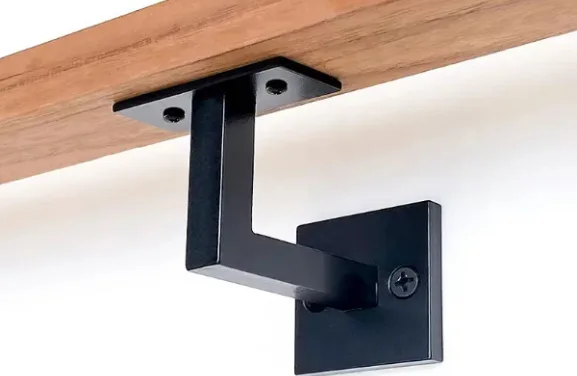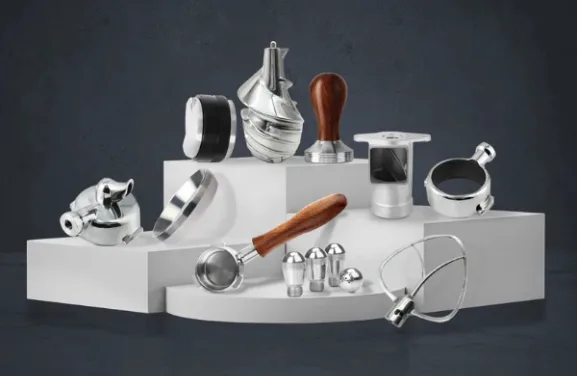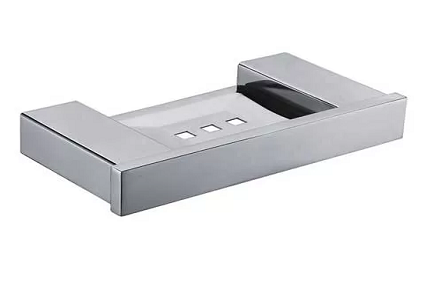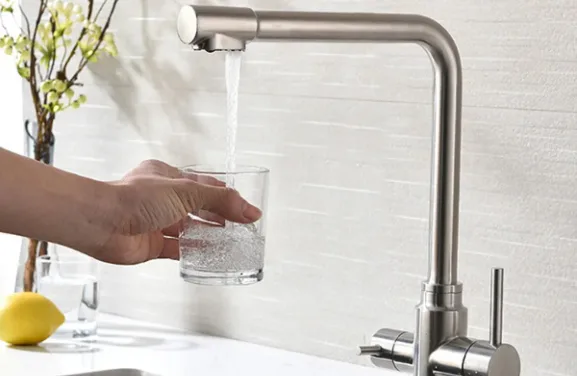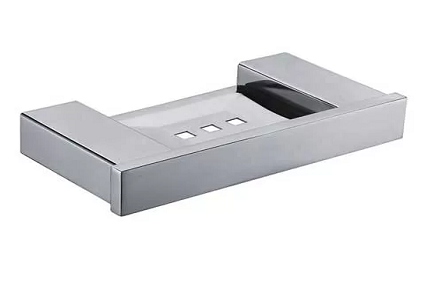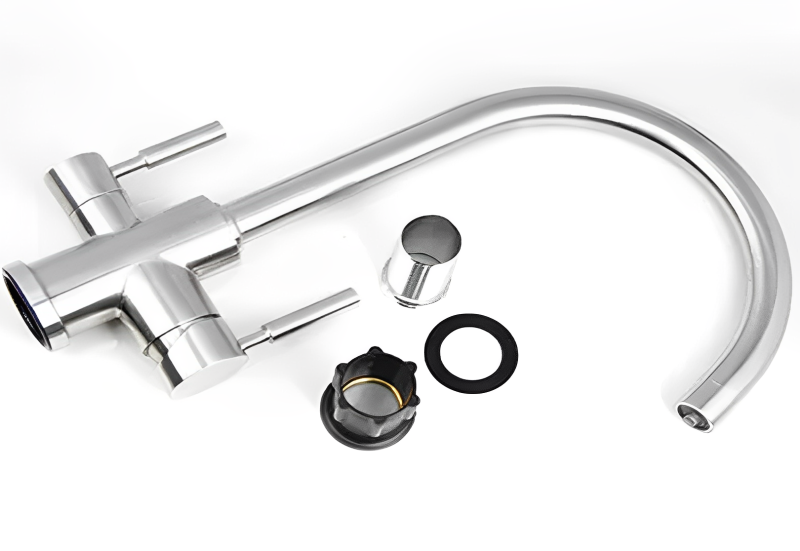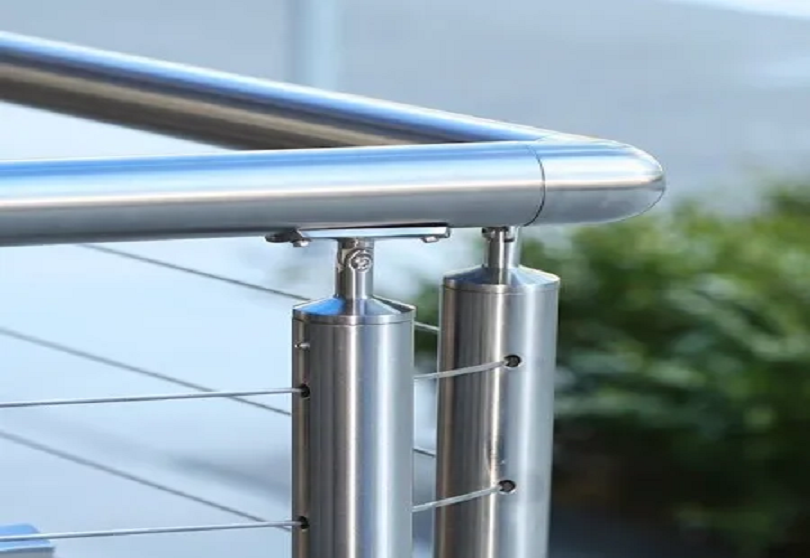In the intricate world of fluid handling, diaphragm pumps stand out for their versatility, handling everything from abrasive slurries to sensitive chemicals. While the pumping mechanism—the diaphragm itself—rightly receives much of the attention, a critical but often overlooked component is the Fluid Cover. This external housing is far more than a simple cosmetic cap; it is a fundamental guardian of the pump's performance, safety, and longevity.
What is the Diaphragm Pump Fluid Cover?
The fluid cover, also known as the fluid head or outer casing, is the sealed chamber that encloses the pump's wet end. It forms the cavity where the fluid is actively drawn in and expelled. Positioned on either one or both sides of the pump's central air valve and diaphragm assembly, its primary role is to create a contained environment for the process fluid, separating it from the external atmosphere and the pump's internal driving mechanism.
Key Functions and Critical Importance
The design and integrity of the fluid cover are paramount for several reasons:
Containment and Safety: This is its most crucial function. The cover acts as a primary pressure boundary, preventing hazardous, toxic, or expensive fluids from leaking into the environment. In the event of a diaphragm failure (a rare but possible occurrence), a robust fluid cover serves as a secondary containment, mitigating the risk of spills and exposure to operators.
Pressure Management: The cover is engineered to withstand the system's operating pressure. It must maintain its structural integrity and seal under both the vacuum created during the suction stroke and the positive pressure generated during the discharge stroke. A weak or cracked cover can lead to catastrophic failure.
Porting and Flow Direction: The cover incorporates the inlet and outlet ports, which are connected to the process piping. The internal geometry of the cover is often designed to optimize fluid flow, minimizing turbulence, dead zones, and pressure drops, which enhances pumping efficiency and reduces energy consumption.
Access for Maintenance: A well-designed fluid cover allows for easy access to the pump's internal components. It is typically bolted on, enabling technicians to quickly inspect, clean, or replace the diaphragm, valves, and seals without requiring extensive disassembly of the entire pump.
Material Compatibility: Fluid covers are manufactured from a wide range of materials to suit specific applications. Common choices include:
Stainless Steel (304, 316): For sanitary applications, food processing, and moderate corrosives.
Cast Iron: For durable, high-pressure applications with non-corrosive fluids.
Selecting the correct material is essential to prevent corrosion, degradation, and contamination of the process fluid.
Design Variations and Specialized Features
Fluid covers are not one-size-fits-all. Their design evolves based on the pump's duty:
Sanitary Covers: Used in food, beverage, and pharmaceutical industries, these are made from polished stainless steel with crevice-free designs and tri-clamp fittings to allow for easy cleaning and sterilization (CIP/SIP).
Solvent-Resistant Covers: For harsh chemical applications, covers made from specialized plastics or coated metals are used to resist aggressive solvents.
Transparent Covers: In some laboratory or diagnostic applications, a transparent polycarbonate cover allows for visual verification of fluid flow and diaphragm operation.
Explosion-Proof Designs: For use in hazardous environments, these covers may have specialized seals and robust construction to contain any potential internal ignition.
Conclusion: More Than Just a Cover
The diaphragm pump fluid cover is a masterpiece of engineering simplicity and critical function. It is the unsung hero that ensures safe operation, protects the environment, maintains process integrity, and enables efficient maintenance. Neglecting its selection, based on material compatibility and pressure rating, or its maintenance can lead to downtime, safety hazards, and costly repairs. By recognizing the vital role of the fluid cover, engineers and operators can ensure their diaphragm pumping systems perform reliably and safely for years to come. It is not merely a cover; it is the pump's first line of defense.













